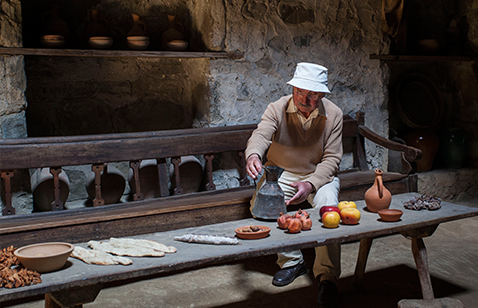UNICEF survey of 2017: Household income increased by 26.7% in Georgia

Georgia’s mean monthly household nominal income rose from 608.9 GEL in 2015 to 771.9 GEL in 2017, a 26.8% increase, says the UNICEF Survey on the Welfare of the Population 2017.
The survey says that the increase in revenues is mainly driven by a rise in salaries and self-employed revenues.
Salary constitutes the largest part of the average monthly household income (52.2 percent), followed by income from social transfers (22.4 percent), and self-employment (19.1 percent)”, read the report.
In the reporting period the nominal wage increased by 31 percent (95 GEL) and amounted to 403 GEL, while real wage increased by 15.6 percent, says the survey.
On the other hand the estimated average nominal household monthly expenditure (788.6 GEL) in Georgia decreased by 4.1 percent over the last two years, says UNICEF.
The survey revealed that 22.5 percent of households live below the relative poverty line with amarked difference between rural and urban areas (24.1 percent vs. 20.9 percent).
Over the last two years, the share of households and population below the relative poverty line increased from 20.7 percent to 22.5 percent and from 23.1 percent to 24.8 percent, respectively.
The percentage of children living in poor households increased from 26.8 percent to 31.6 percent. The share of pensioners under the relative poverty line also rose from 19.3 percent to 20.4 percent. An estimated 24.1 percent of households live below the relative poverty line in rural areas and 20.9 percent in urban areas, says the survey.
 Tweet
Tweet  Share
Share